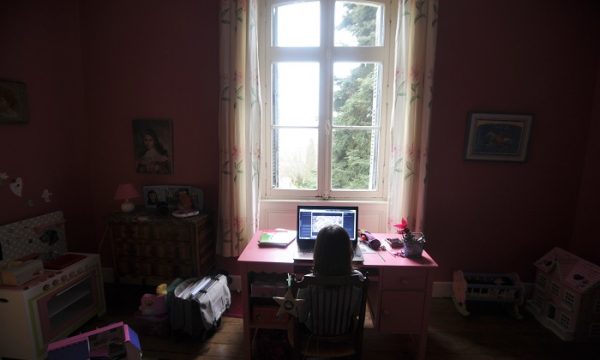Quist emphasized the importance of protecting children from the dangers of social media. She pointed out that the American Psychological Association (APA) has issued a warning about the risks that social media platforms pose to young children, highlighting their vulnerability to mental and emotional harm. The APA report underscores the fact that social media platforms designed for adults are not suitable for children, who require greater protection due to their developmental stage.
The study revealed that age requirements alone are not sufficient to determine a child’s readiness for social media. Despite efforts by lawmakers to implement safeguards for minors online, the tech industry has failed to make meaningful improvements to protect children, and there are no federal regulations in place. Organizations like NetChoice actively oppose state initiatives to restrict children’s access to social media, making it challenging to implement necessary safeguards.
The APA highlighted that children are hypersensitive to social feedback during their developmental years, making them more susceptible to the influences of social media. AI-recommended content on platforms like TikTok can be particularly influential and addictive for children, leading them to seek attention and approval from their peers. Children’s lack of self-control can expose them to risks such as online predators and self-harm.
The APA emphasized that the impact of social media on children depends on their online activities, existing vulnerabilities, and upbringing environment. Urging for change, the APA stressed the need for measures to protect children from the harmful effects of social media. Researchers and experts like Jake Denton from The Heritage Foundation echoed these concerns, highlighting the detrimental effects of social media on children’s mental health and social development.
Parents are advised to monitor their children’s online activities and limit their exposure to social media. Mr. Denton emphasized the importance of real-world interactions and cautioned against excessive screen time for children. He urged parents to lead by example and reduce their own screen time to set a positive influence on their children.
In conclusion, experts and researchers are calling for urgent action to protect children from the negative impacts of social media. Parents play a crucial role in guiding their children’s online behavior and fostering healthy relationships with technology. By prioritizing real-world interactions and limiting screen time, families can mitigate the harmful effects of social media on children’s development. Quist emphasized the lack of effective solutions for protecting young children from the dangers of social media. She referenced the APA’s 2023 health advisory, highlighting the prevalence of mental health issues among children. While acknowledging that social media is not the sole cause, Quist stressed its significant impact on children’s development.
She pointed out that children’s brains are still developing, leading to different reactions to stimuli compared to mature brains. Additionally, she noted that social media platforms are designed to be addictive, especially for adolescents who are particularly vulnerable to addiction.
Quist explained that children seek validation through followers, likes, and friends on social media, and the lack of positive feedback can have deep psychological effects. This insecurity can drive them to seek security in unhealthy ways.
Instead of forming real-world connections, children are increasingly consumed by online activities to satisfy their addiction. This behavior can lead to vulnerability to dangerous individuals and harmful activities such as sexting.
Quist emphasized that age restrictions and parental controls have limitations and stressed the importance of parents engaging with their children. She urged parents to have face-to-face conversations with their children about values and aspirations in life to counteract the influence of social media standards.
Failure to do so, she warned, would result in children being influenced by the standards set by the social media environment.
Source link





